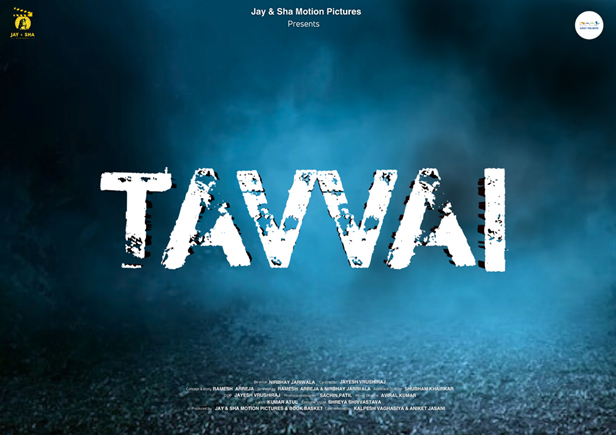“TAVVAI”: A Mythological tale of Misfortune and Redemption!!!!!

Tavvai (transl. Goddess of Misfortune) is an upcoming Hindu mythological film based on “Pitra Dosh”. The film is written by Ramesh Arreja, and directed by Nirbhay Jariwala & Jayesh Vrushiraj. The film is produced by Jay & Sha Motion Pictures & Book Basket along with Aniket Jasani, and Kalpesh Vaghasiya. The star cast of the film includes veteran actors like Manoj Joshi and the Bhola fame Arpit Ranka.
The film is set to be shot in various parts of Madhya Pradesh, India. The shooting is set to start soon and will be shot across major locations like Ujjain, Ramghat, and Mahakaleshwar Temple.
Tavvai, the film is a thread that beads multiple concepts of Hindu Mythology in the core story and builds a web around it. The movie explores the mythological story of Alakshmi & Lakshmi. It also throws light on importance of the sacred Peepal tree.
The film promises to have breathtaking visuals & mesmerizing music that will keep the audience at the edge of their seats and deliver a unique experience.




